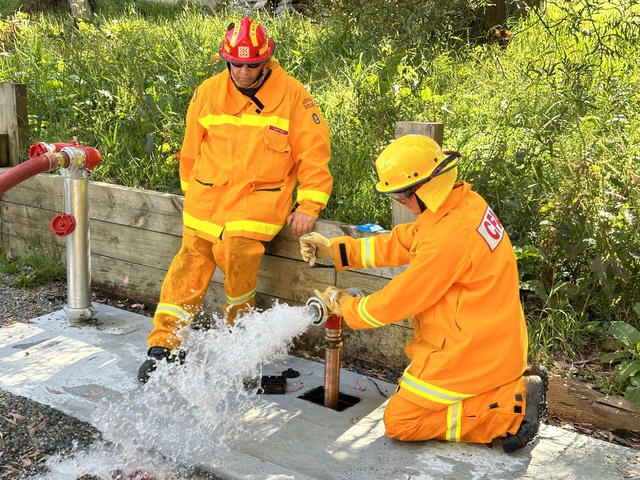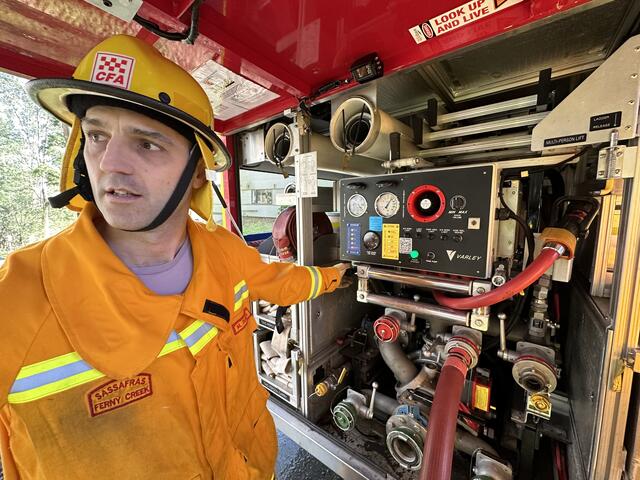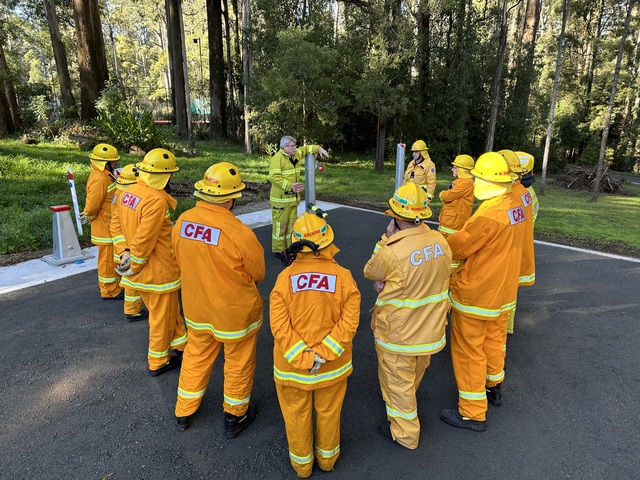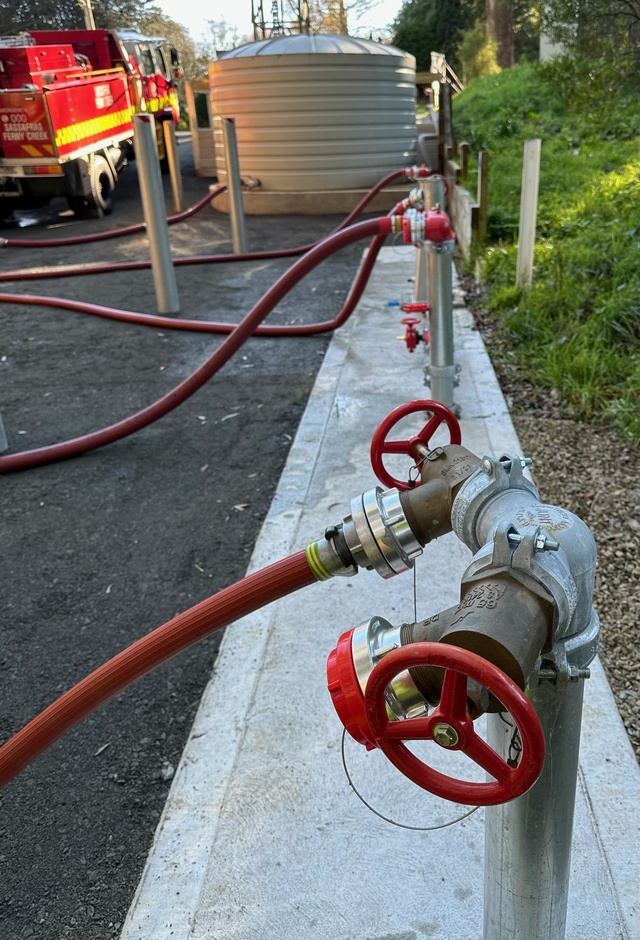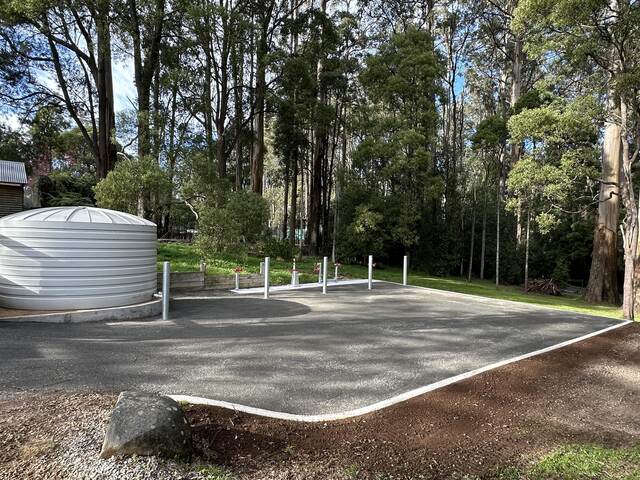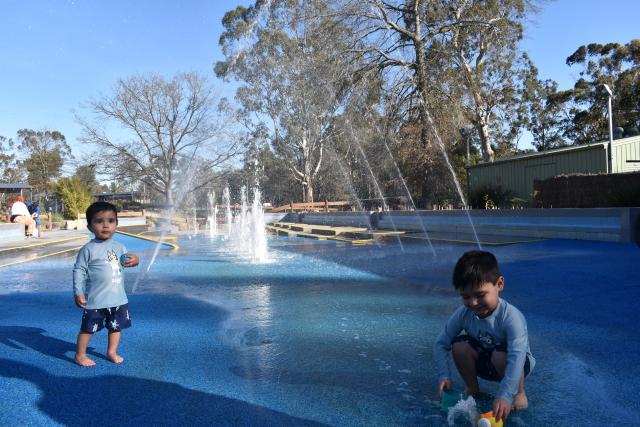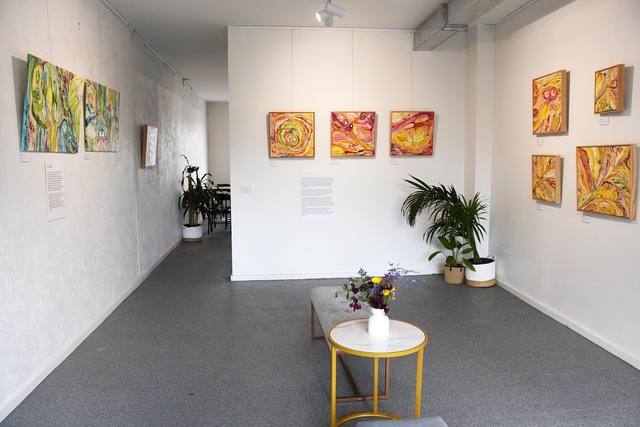A purpose built training area at the Sassafras-Ferny Creek fire station is nearing completion after years of planning and development.
The compact training pad is already up and running, with a focus on how to supply water for house and other structure fires in the kind of settings common in the hills. The facility has been designed to have minimal environmental impact and to fit within a sensitive landscape.
The “pad” is especially useful for training recruits and newer operational members in basic firefighting tasks, such as operating a hydrant, regulating water flow, using a pump for boosting and changing water supplies.
Brigade Captain Jeff Harbourd said the training pad is a win for the fire station, but also for the community.
“Training with pumps is both noisy and sometimes messy, especially in winter,” he said.
“The new pad means we can take practical training off the streets and into a safer environment for both our firefighters and locals.”
The set-up overcomes the lack of a large mains water supply to the station, which is only serviced by a small diameter trunk line. A tank and pump supply mimics the normal reticulated supply found across the hills.
The training area is aimed for use by other brigades in the Dandenong Ranges with similarly restricted access to suitable local training facilities that match their risks.
Stages one and two of the project have now been completed, with the installation of plumbed in milcocks, an above ground hydrant, ground plug and boost points. The system is fed by a 20,000-litre tank. Some minor earthworks were undertaken to improve access, remove obsolete infrastructure, and to install a discrete compacted surface suitable for fire trucks.
The final stage three of the project involves the installation and housing of a suitable high performance pump to independently pressurise the supply system, enabling more realistic and more complex training outcomes. Some funding for the project has come through a state run emergency services grants program, through community donations to the brigade and in kind contributions from local tradespeople. Funding for the final stage, which will cost around $30,000, has not yet been secured.

